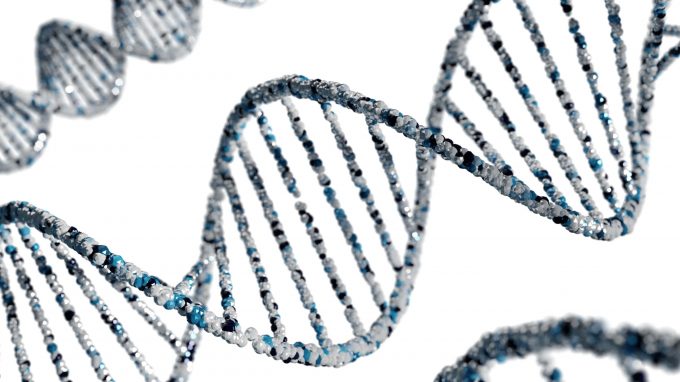Understanding the process of cancer development is critical for designing effective, personalized
cancer treatments. For years, researchers have known that cancer begins with certain types of genetic
mutations. One type of cancer gene is called a “tumor suppressor gene.” When working properly, tumor
suppressor genes stop malignant cells from undergoing uncontrolled cell proliferation and initiate a
process of cell elimination called apoptosis, a form of cell death. Mutations in tumor suppressor genes
can cause these genes to lose function, ultimately leading to the development of cancer.
In a study recently published in Cell Reports, researchers at the University of Colorado Anschutz
School of Medicine describe the discovery and characterization of a novel protein involved in the
mechanism of suppression of different types of tumors.
The tumor suppressor gene known as TP53, which effectively limits the development and growth of
many different types of tumors in the body, is the most frequently mutated tumor suppressor gene in
human cancers. This gene encodes a protein called p53, which is both a potent inhibitor of cell
proliferation and an inducer of apoptosis.
Dr. Zdenek Andrysik, assistant research professor of pharmacology at the University of Colorado
School of Medicine and co-author of the paper, said: “In more than half of all cancer cases, TP53 is not
mutated, but lies dormant. As a result, much research effort has been devoted to develop drugs to
reactivate this latent form of p53 for cancer therapy. However, most cancers respond to p53 activation
and these drugs cause a transient block in cell proliferation. A better response to these drugs is the
elimination of cancer cells through apoptosis. Therefore, it is crucial for us to understand what other
factors are required for effective p53-targeted cancer therapy.”
To address this knowledge gap, Maria Szwarc, Ph.D., and Anna Guarnieri, Ph.D., former
pharmacology postdoctoral fellow and co-lead author on the paper, took a multidisciplinary
experimental approach, including genetic screening using CRISPR technology to individually disrupt
all genes in the human genome and identify which genes require p53 to be fully activated. As a result,
the screen identified a protein called FAM193A that is a potent and broad positive regulator of p53
activity, which is poorly understood.
“Our follow-up studies showed that FAM193A is required for the stabilization of the p53 protein and
its function,” explains Dr. Szwarc. “It turns out that FAM193A interferes with cytokines that normally
inhibit p53 function, the MDM2 and MDM4 proteins, which are often overactive in cancer. We found
that FAM193A can antagonize the MDM4 protein, which unleashes p53’s ability to prevent cancer cell
proliferation and survival. Consistent with these findings, we document that high levels of FAM193A
found in certain tumor types are associated with better prognosis in cancer patients.”
“When we found FAM193A to be a partner of p53 in a genetic screen, there was little question about its
function,” said Joaquin Espinosa, Ph.D., “There is little, if any, information available. However,
advanced computational analyzes of large-scale datasets of hundreds of cancer cell types and human
tumors have revealed a clear functional link between p53 and FAM193A. These findings bring us onestep closer to effective p53-based cancer therapy, and FAM193A should be considered. Future research
will focus on finding ways to enhance the activity of these partner factors to effectively suppress
tumors.”


